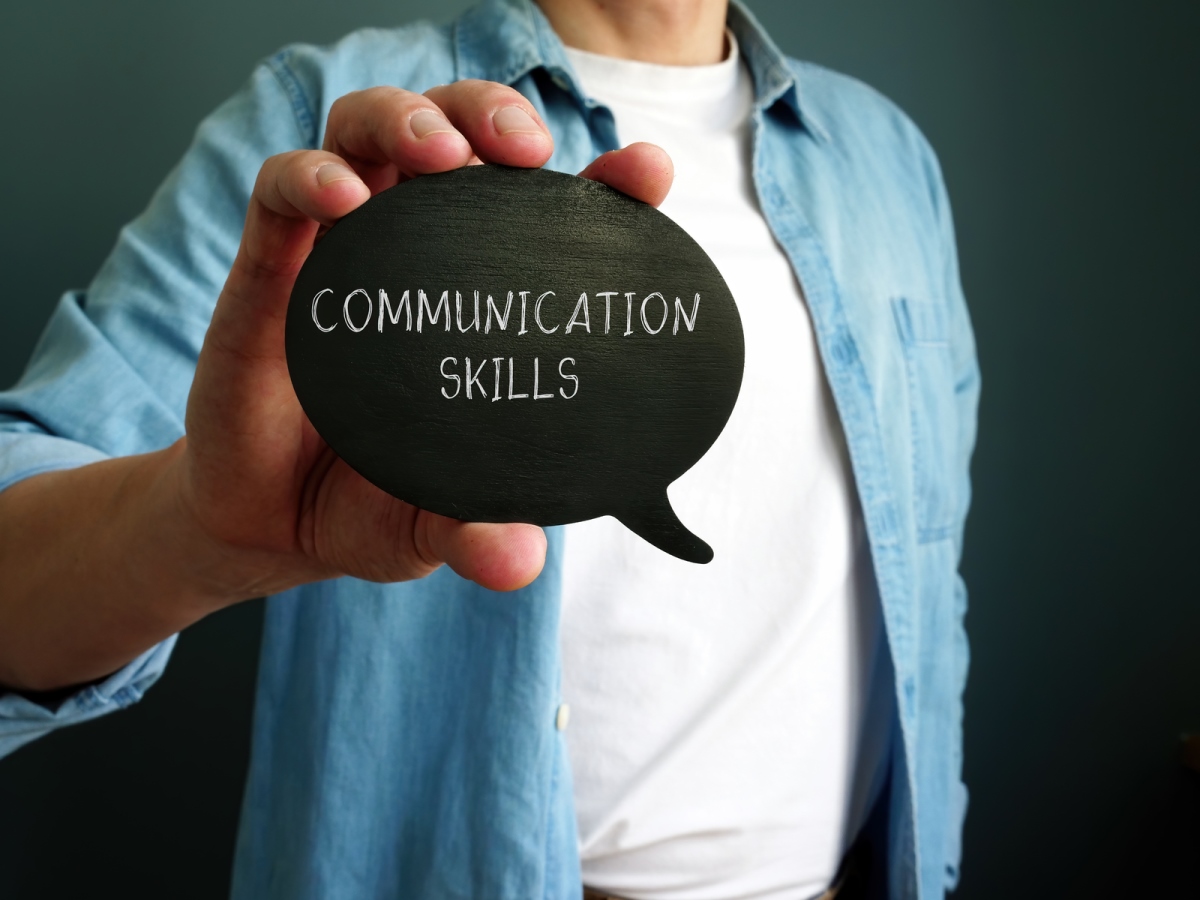I recently attended a professional development session on workplace conflict. One of the presenters – let’s call him Mark – delivered a 15-minute presentation about his experiences as a junior union representative of a major union. During this presentation, Mark referred on several occasions to the concept of “win-win” negotiations. And when he did so, there was the same degree of sarcasm in his voice that I might use when discussing how “kind” it is for the “lovely” dog owners to leave little “presents” in the school playground.
My curiosity was piqued. I had to know why a senior practitioner, whose whole business is about resolving conflicts collaboratively, was so anti-“win-win”. It quickly became clear that the answer to this lay in the definition of what win-win means.
It made me wonder whether other people are clear about what win-win negotiations should look like and what they should be aiming for in their negotiations.
Here is an example of a “win-win” negotiation described by Mark:
“I was going to meet with the employer. They had the big guns out – CEO, Director of Human Resources and the external lawyers. And against them was me, a mid-20s union rep armed only with my shop steward, whose idea of conflict resolution involved at best a fist and at worst a dark alley and a gang of thugs.
“The conversation went something like this:
Me: We want a pay-rise, guaranteed overtime and no reduction of leave loading.
Them: No way. We are not prepared to agree to any of that.
Me: We need to get something or the staff will strike.
Them: Look, we want to be reasonable here. We’ll agree to half of the increase you’re seeking but no guaranteed overtime and no loading.
Me: Not good enough. My members won’t accept that.
Them: OK. Half the increase, plus loading, but no overtime guarantee.
Was this a win-win outcome?
Now interestingly, Mark describes this is a “win-win”, because each party got a better outcome than the other party had initially offered. Because each party made concessions from their initial positions, the other side had a “win”.
On this basis, I can see why Mark doesn’t like win-win negotiations. Both parties probably walked away from the negotiation disappointed, because they didn’t get what they wanted.
At best, Mark’s negotiation seems to be a bit of a haggling dance where both sides start with competing positions and make some arbitrary concessions, aiming for a mid-point compromise. In which case, a bit like a tug of war, the winner is the party with the most concessions delivered to their side of the mid-point.
I would argue that the result here was closer to a lose-lose as both parties have made concessions without understanding what the other party was trying to achieve or why those concessions needed to be made.
So what would a genuine win-win solution have looked like?
In an interest-based or principled negotiation a win-win outcome is one where the agreement cannot be improved by further discussions. There is no value left on the table and all creative options have been thoroughly explored. This compares with the mere compromise of a traditional haggle or positional negotiation.
Of course, without knowing all of the details of this negotiation, it is hard to know what the optimal solution would have looked like. We can however, identify some of the processes Mark could have followed that would have contributed to getting there.
1. Understand the interests of each party
Mark could have asked questions of the employer to more fully understand the situation. For example:
- “What challenges is the company facing at the moment that impact on its ability to pay wage increases?”
- “What are your concerns about giving guaranteed overtime?”
- “Are you worried that if you give our staff an increase, staff working for other unions will seek similar increases?”
Mark could also have shared some of his own interests, such as:
- “My members are concerned that last year they accepted a lower wage increased than they wanted on the basis that you promised overtime, and you haven’t followed through on that.”
- “My members are concerned that their income is falling behind in real terms. Recent increases aren’t meeting CPI and they are struggling to support their families.”
- “My members are relying on the existing leave loading to afford time away with their families during vacation. They simply would struggle to manage without this entitlement.”
2. Look broadly at options
Mark and the employers limited their discussion to the three issues raised in the union’s initial demand – wages, overtime and loading. Instead, they could have explored other options for meeting the parties interests.
Let’s take the interest in affordable vacations. Perhaps the employer could offer to negotiate with a national travel agency for special employee discounts. Or, if the employer is worried about the impact of guaranteed overtime, the union could offer some “comfort” clauses, such as minimum productivity rates, to ensure overtime doesn’t lead to inefficiency.
While not all of the options explored will find their way into the final agreement, the process of exploring options encourages a solid understanding of the parties’ interests and gives the greatest scope for maximising value to both parties – a true “win-win”.
3. Evaluate options using reference points
Both parties need to consider what standards they have available to evaluate specific options. Perhaps there is another union or employer that has successfully introduced some innovative, value-creating options. Perhaps some of the options discussed aren’t legally possible to implement.
So, how do you achieve “win-win” in your negotiations?
In summary, if you want to reach a genuine win-win outcome rather than a win-win of the sarcastic type, keep these three key principles in mind:
- Spend time uncovering your counterpart’s interests. What are their needs, hopes, goals, and concerns?
- Don’t jump to an immediate compromise. Look for ways to creatively add value to both parties.
- Use objective standards to evaluate and justify the options before making commitments.
Download our free Harvard-based negotiation planner here to get started. To learn more about interest based negotiation, we recommend the book “Getting to Yes by Roger Fisher & William Ury.”

















